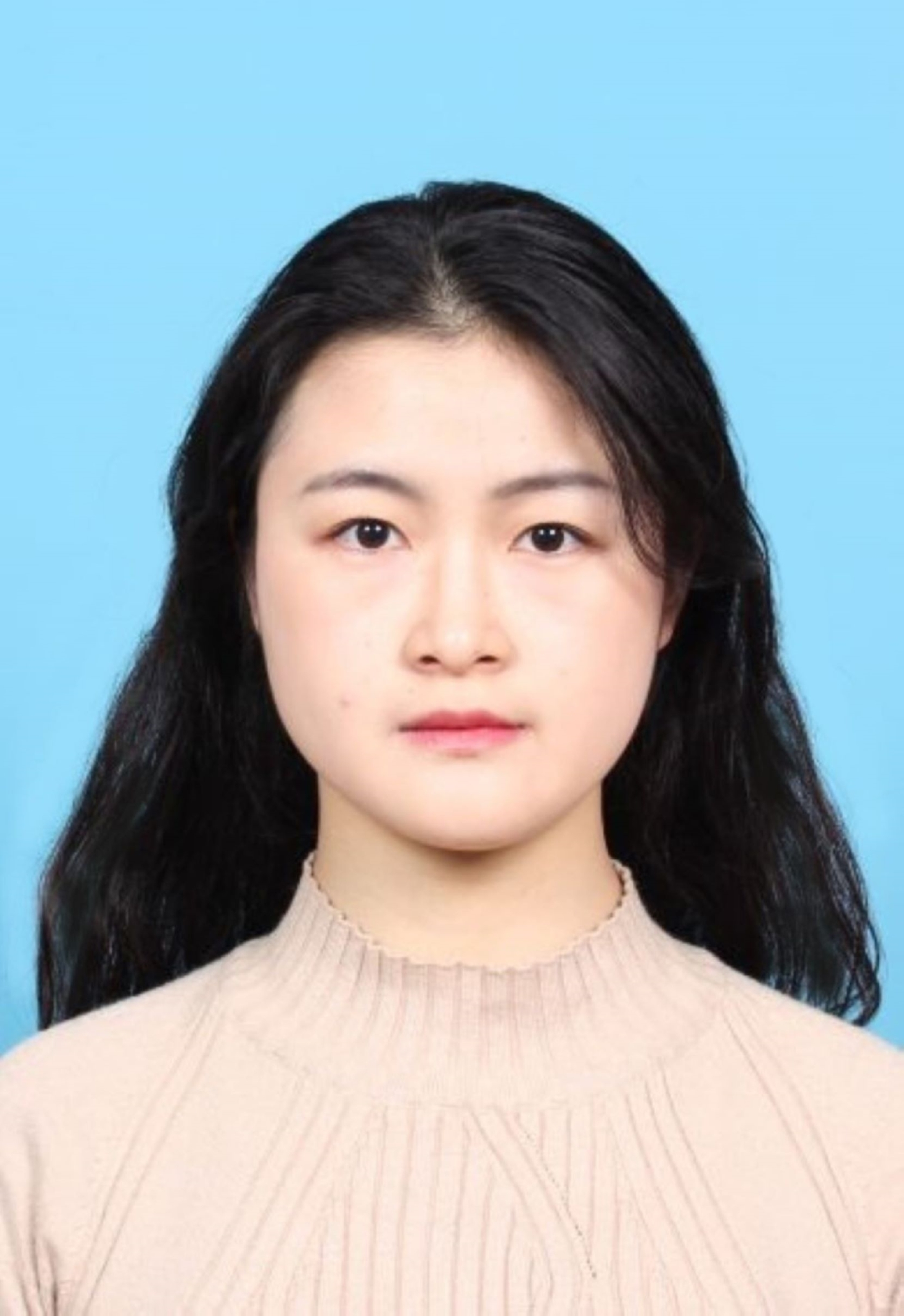Tic and Impulse Control Disorders
Examining the effect of Comprehensive Behavioral Intervention for Tics on inhibitory control in children with tic disorder
(PS10-B46) Examining the Effect of Comprehensive Behavioral Intervention for Tics on Inhibitory Control in Children with Tic Disorder

Qiang Ding, M.Ed.
psychotherapist and visiting scholar at the Behavioral Therapy Laboratory of Marquette University
Marquette University
MILWAUKEE, Wisconsin.jpg)
Douglas W. Woods, Ph.D. (he/him/his)
Dean of the Graduate School
Marquette University
Milwaukee, Wisconsin
Yin Zhao, Ph.D.
MD, psychiatrist of Children's Hospital of Fudan University
Marquette University
Milwaukee, Wisconsin
Wen Xu, M.S.
Psychotherapist and Psychological Assessme
Marquette University
Milwaukee, Wisconsin
Author(s)
Co-Author(s)
Comprehensive Behavioral Intervention for Tics (CBIT) is a first-line treatment for tic disorder. However, the specific mechanisms that account for its efficacy are not entirely understood. Recent research suggests that enhanced cognitive control is a mechanism by which CBIT may be effective. This study aimed to investigate whether inhibitory control improved after CBIT therapy, and whether baseline performance on inhibitory control tasks predicted pre-post reductions in symptom severity and treatment response to CBIT.
The study evaluated 22 children (aged 9-17 years) with Tourette Syndrome or persistent tic disorder in a randomized wait list-controlled trial of CBIT. The trial took place at the Department of Psychological Medicine, Children's Hospital of Fudan University, Shanghai, China, from 09/2022-12/2022. Ethical approval was obtained and written informed consent was provided by guardians of all participants. Tic severity was evaluated using the Yale Global Tic Severity Scale (YGTSS) at baseline. Inhibitory control task included the measures of attentional (i.e., Attention Network Task, ANT) and response inhibition (i.e., Stop-Signal Task, SST; Go-No Go Task, GNG; Stroop Color and Word Test, SCWT). Children were randomly assigned to receive CBIT (n=12) or wait list (n=10). All children received a post-treatment assessment, conducted by a an independent evaluator masked to treatment assignment.
The two groups did not differ on symptom severity or relevant demographic characteristics at baseline. Repeated measures ANOVA revealed a significant group*time interaction on YGTSS severity scores (F(1,20) = 10.43, p=0.004, ƞ2 =0.34), ANT incongruent accuracy scores (F(1,20) = 16.45,p< 0.001, ƞ2 =0 .45), SST reaction time(F(1,20) =16.45,p=0.001, ƞ2 =0 .45), Go-No Go commission errors (F(1,20) = 11.14, p=0.03, ƞ2 =0.36) and SCWTC-A scores (F(1,20) = 12.25,p=0.002, ƞ2 =0.38). Follow-up analyses indicated that the CBIT group, relative to the wait-list group, showed significant improvement on YGTSS scores and measures of inhibitory control (p< 0.05), with the exception of the SSRT, which improved in both the wait list and CBIT groups.
Across participants in both groups, pre-to-posttreatment changes in YGTSS was significantly related to the pre-post changes of ANT incongruent accuracy scores (r=0.53, p=0.011), but not significantly related to changes in the SST reaction time (r=0.3, p=0.17), GNG commission errors (r=0.11, p=0.64) or SCWTC-A (r=0.17, p=0.45).
CBIT therapy may possibly improve attentional inhibition and response inhibition of TD children in addition to tic severity. Improvement in attentional inhibition was related to tic reduction, indicating its importance as a possible mechanism of change in CBIT.

